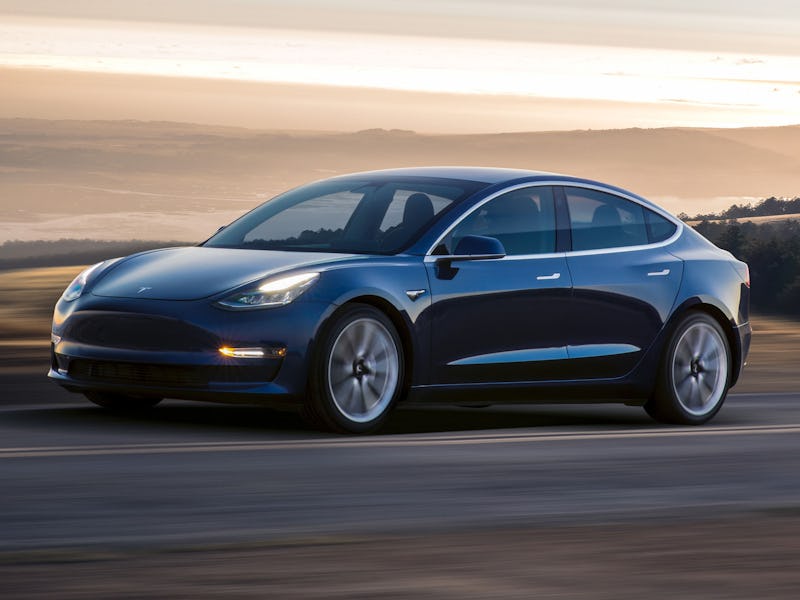Elon Musk has been seeking advice from his customers. The Tesla CEO put out a call on Twitter Friday to find out what people want from the company’s electric cars. Among the suggestions, which included improved Bluetooth integration and shorter wake-up time, astrophysicist Neil deGrasse Tyson outlined a unique crash detection system that could use sound waves to alert drivers to oncoming collisions.
Musk makes a regular habit of reaching out to his 22 million followers for suggestions. The entrepreneur has a number of running jokes with fans, including references to Spaceballs and jokes about A.I.. He also gives the thumbs-up to a series of fan ideas, like a dog mode for keeping pets happy and a software update that pops open the glove box so drivers can retrieve documents after a crash. In many ways, Friday’s request was par for the course, but it led to an avalanche of 14,000 replies.
Neil deGrasse Tyson received 11,000 likes for his suggestion: a system that plays a sound through the part of the car that’s at risk of crashing.
Another Twitter user called “lexiheft” suggested a number of quality-of-life improvements:
Marc Merrill, co-founder of League of Legends developer Riot Games, also wanted better connections with the iPhone:
Former Olympic wrestler Ben Askren wanted more range:
One Twitter user called Bill Trinen just wanted his solar roof to ship:
Journalist Seth Weintraub asked Musk to expand on a feature released with Autopilot version nine in September. An improved dashcam feature, one that activated when the car alarm is triggered, could help deter thieves.
One user called “TraderScarface” wanted Tesla to get into the Bitcoin game:
Others had more simple requests: make them cheaper!
The Tesla Model 3 is advertised as having an entry price of $35,000, but that version of the car has yet to start shipping. In October it introduced a new $46,000 version that brings the price down further from its initial $49,000 shipping price point back in July 2017. Nonetheless, Musk has suggested that a $25,000 Tesla could arrive as early as the next three years.
